Finding your signature sound as an artist can be a little tricky (especially if you’re just starting out) and it doesn’t happen overnight.
You’ll need to experiment with different techniques, breakdown what makes your music stand out, and make sure your unique voice shines through.
Plus, it’s about learning to blend influences in a way that feels authentic to who you are as an artist but intriguing enough for the masses.
That’s why we’re breaking down everything you need to know about how to find your sound as an artist (with top tips), including:
- Experimenting with unconventional instruments ✓
- Blending multiple genres for new fusion ✓
- Reinterpreting your favorite influences creatively ✓
- Collaborating outside of your comfort zone ✓
- Using creative constraints to spark originality ✓
- Leveraging AI for unexpected ideas ✓
- Developing a unique lyrical style ✓
- Exploring global rhythms and scales ✓
- Creating your own custom sound library ✓
- Much more about how to find your sound as an artist ✓
After today’s article, you’ll be able to start shaping your signature sound like the professionals have.
You’ll have the tools to create music that’s truly yours and understand how to incorporate modern musical elements to keep it fresh.
Plus, you’ll find unique and creative ways to develop your artist identity even further.
This way, you’ll successfully stand out in the music industry and connect with listeners who really get hyped up by your unique sound.
So, let’s dive in…
Table of Contents
- 1. Experiment with Unconventional Instruments and Sounds
- 2. Blend Multiple Genres for a New Fusion
- 3. Study and Reinterpret Your Influences Creatively
- 4. Challenge Yourself with Creative Constraints
- 5. Work with AI for Inspiration
- 6. Develop a Unique Lyric Writing Style
- 7. Explore Cultural Rhythms and Scales
- 8. Create Your Own Sound Library
- 9. Reverse Engineer and Reinvent Your Favorite Sounds (5 sentences)
- 10. Create a Unique Production Technique
- 11. Collaborate Outside of Your Comfort Zone
- 12. Dive Deep into Sound Design
- 13. Allow Your Environment to Shape Your Signature Sound
- 14. Try Out Some Lesser-Known Gear for Unique Sonic Texture
- 15. Bonus: Consult an Artist Development Expert
- How to Find Your Sound as an Artist: Final Thoughts
1. Experiment with Unconventional Instruments and Sounds
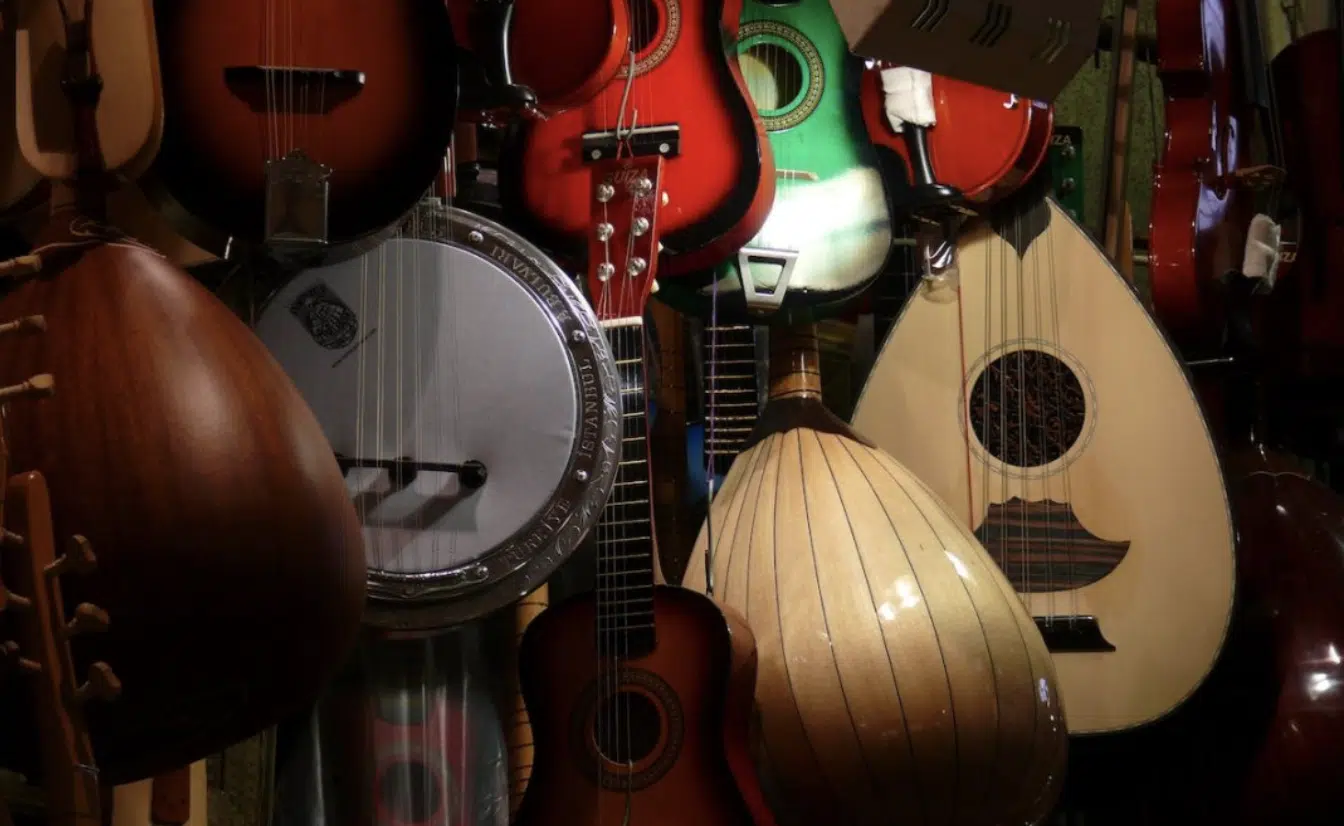
Experimenting with unconventional instruments and sounds is one of the best ways to discover your own sound, no doubt about it.
Think about playing around with instruments like kalimbas, theremins, or even ethnic drums that aren’t usually featured in mainstream music.
This can create unique sound textures that define your artist identity and help you stand out over the competition.
For instance, Amy Winehouse’s use of retro jazz instruments alongside modern production elements gave her music a unique voice that people loved.
And don’t be afraid to look beyond standard gear…
Sometimes the most exciting sounds come from unexpected places like found objects or even malfunctioning equipment, which can lead to some killer stuff.
Don’t worry, we’ll break down more about working with unconventional gear later in the article.
2. Blend Multiple Genres for a New Fusion
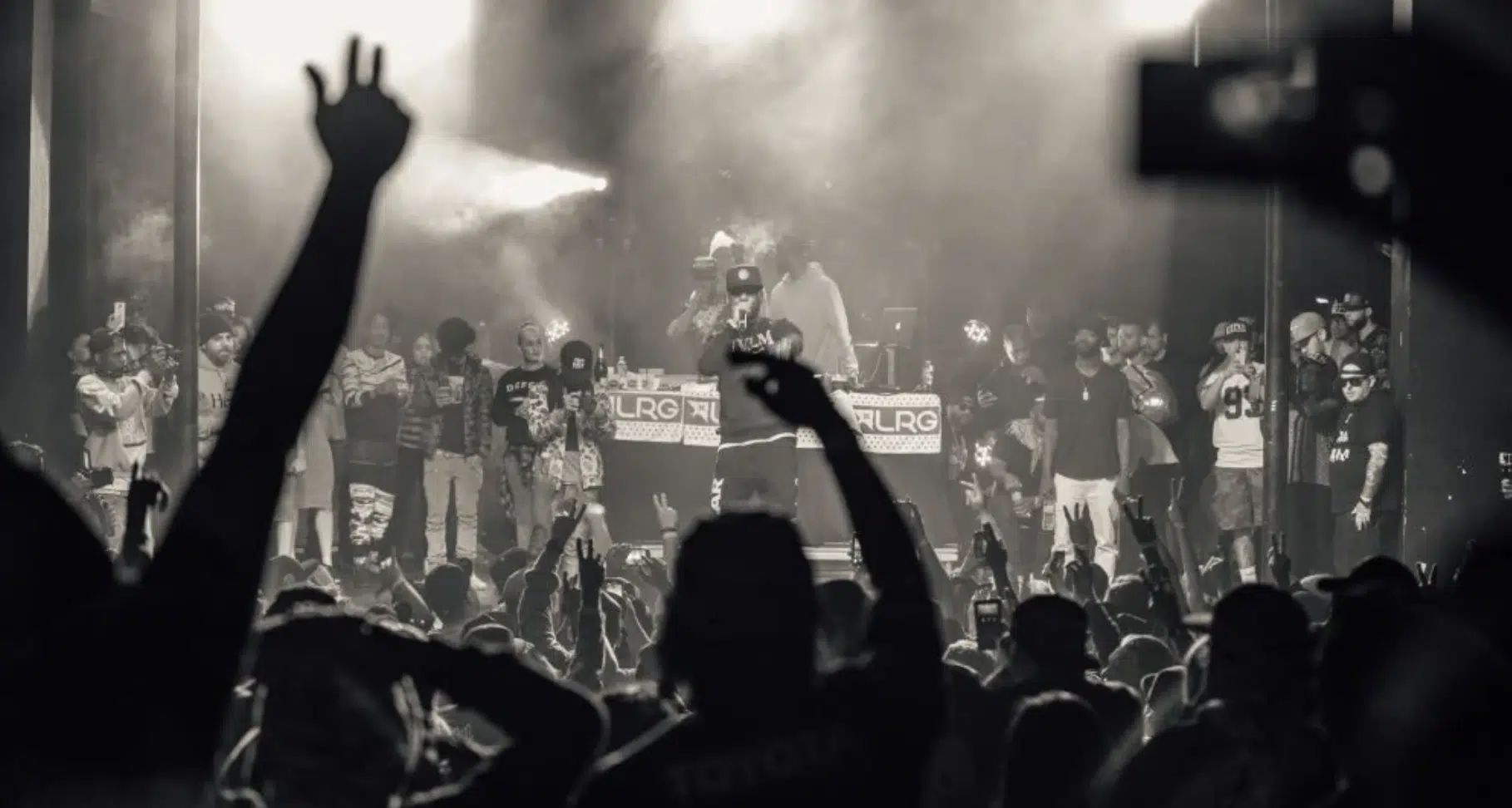
One way that many artists find their own style is by blending multiple genres to create a fresh, new fusion that people can really get excited about.
Mixing genres that don’t typically go together (like jazz and trap or classical and electronic) can really help create music that is both innovative and authentic.
Legendary producer Mark Ronson, for example, blends funk, rock, and hip-hop seamlessly, creating his signature sound that felt both nostalgic and modern.
To develop your very own blend, focus on elements from genres that resonate with your own music journey and experiment with combining them in unique ways.
Think about pairing orchestral arrangements with hip-hop beats or merging blues guitar riffs with EDM drops 一 dealer’s choice.
NOTE: The goal isn’t to replicate or straight up copy what other artists have done but to find new combinations that feel true to your artist identity.
Blending genres can inspire new ideas and help you create something truly unforgettable that defines your unique sound.
3. Study and Reinterpret Your Influences Creatively
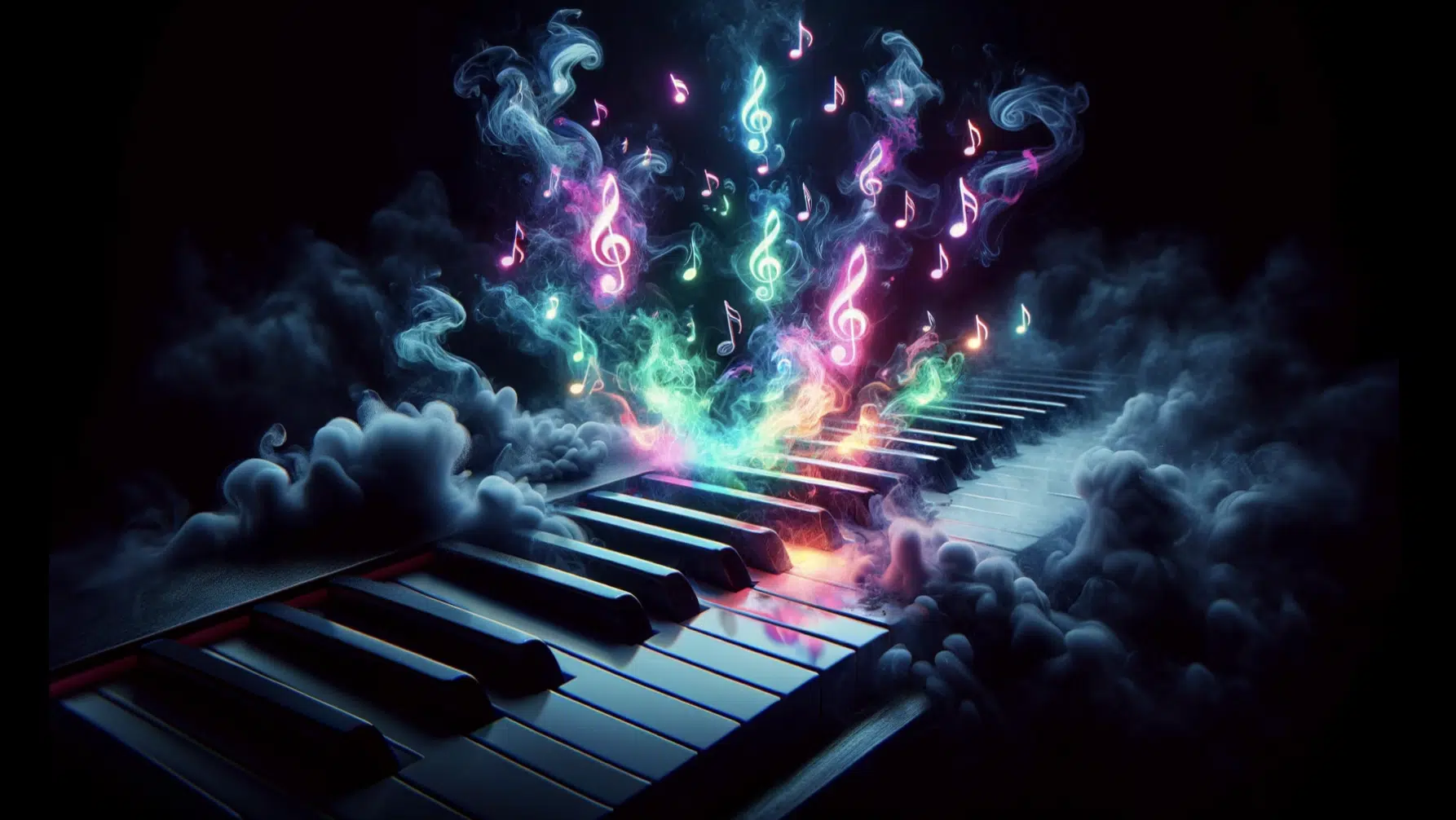
To find your sound as an artist, try taking a deep dive into the music of your favorite artists and study what exactly draws you to them.
Active listening is key, so make sure to identify specific elements that really made an impact on you, like:
Instead of copying other artists, reinterpret these elements in your own way.
For example, if you love the rawness of Kurt Cobain’s own voice, try blending that emotional intensity with modern music elements like electronic beats.
This lets you keep your own style while also drawing inspiration from what’s been done before in other people’s music 一 remember, good artists copy; great artists steal.
4. Challenge Yourself with Creative Constraints
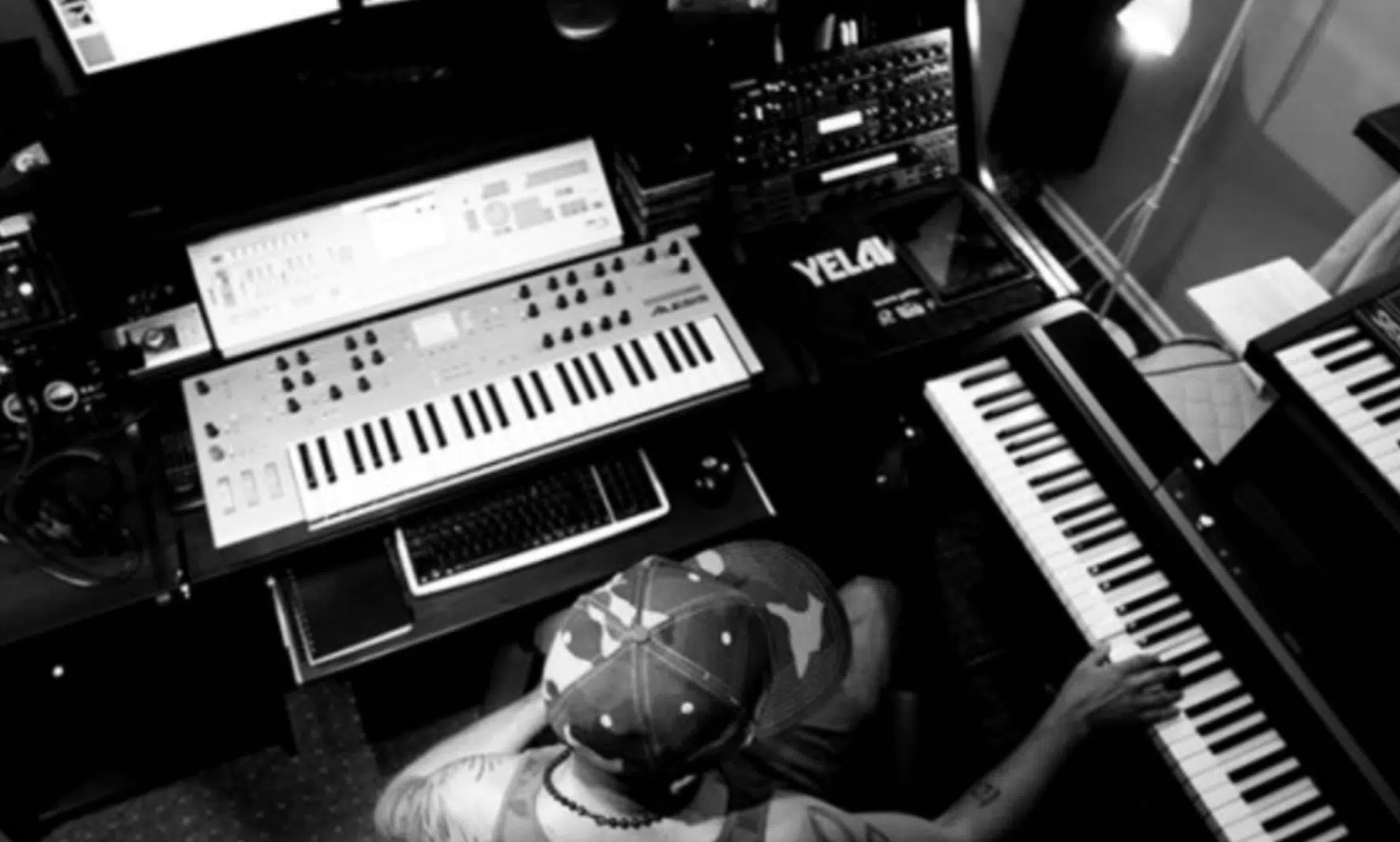
Putting creative constraints can sometimes be a powerful tool for helping artists find their unique sound, and it might just work for you.
Limiting yourself to, let’s say, just three instruments or a specific scale forces you to think creatively and challenge yourself to help grow.
I’m personally a nerd myself, so these restrictions are very exciting to me because it helps me think outside the box and see how creative I can really get.
For example, try writing songs using only your voice and percussive elements, inspired by York city helping artists push boundaries.
You might discover a new technique or melody you wouldn’t have found otherwise.
These limits are a challenge that artists face but also a pathway to innovation 一 allowing you to hone in on your authentic voice.
And believe me, when you hear it, you’ll instantly know what is going to work and what won’t, which will be super helpful moving forward.
5. Work with AI for Inspiration
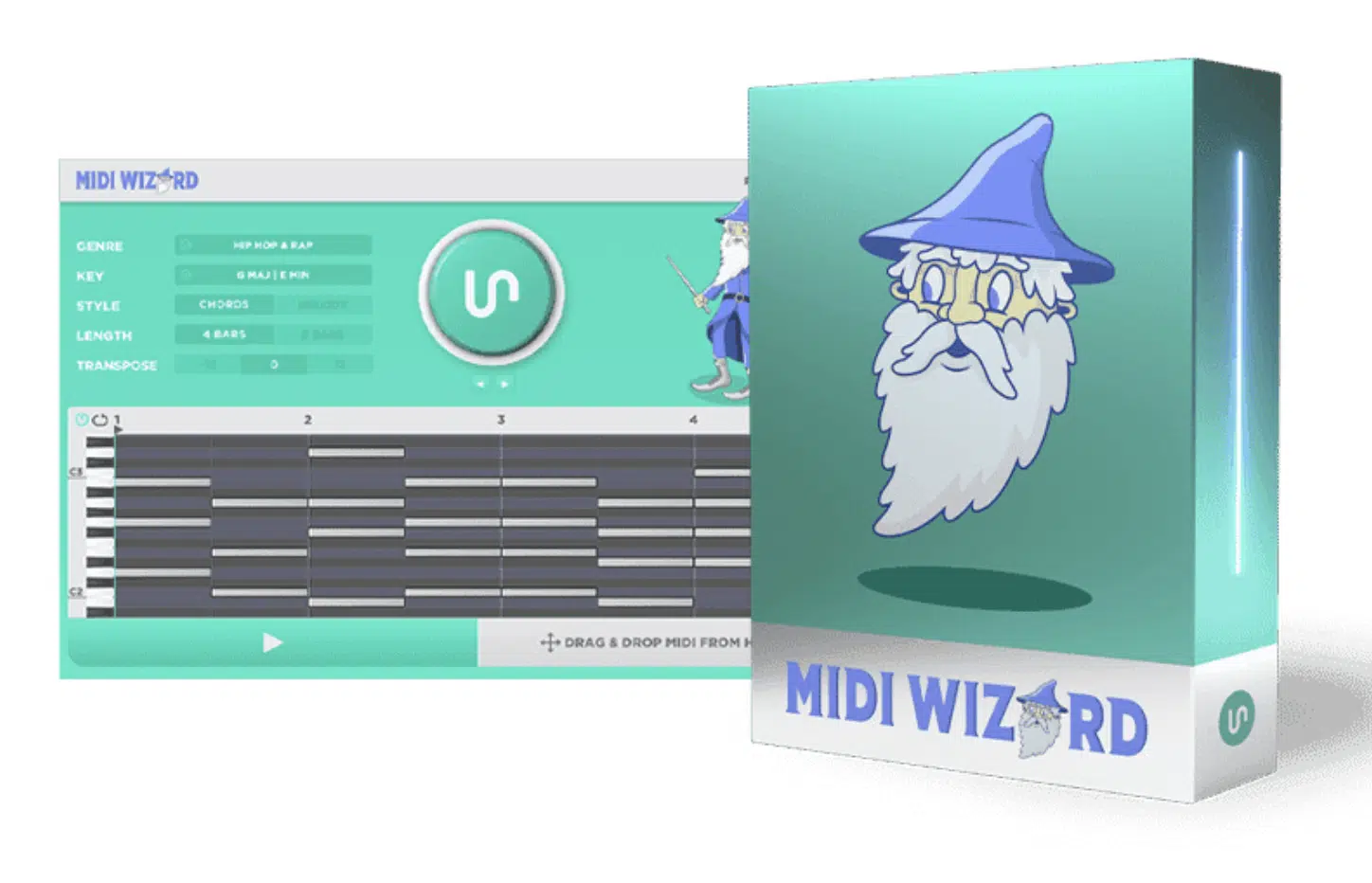
The latest trend in the music production game involves using AI tools to generate ideas and find inspiration, which is a little controversial, but if it’s your thing, then go for it.
AI can create unexpected chord progressions or even mimic the styles of favorite songs, helping you find your signature sound by blending these suggestions with your own style.
I’ve found that using AI to develop beats or melodies that deviate from typical patterns can lead to some killer stuff.
However, the key is not to rely solely on AI 一 use it as a springboard to fuel your fire and write your own songs that feel right to you.
In a world where music sounds are constantly evolving, AI can be another tool in an artist’s arsenal to explore new skills and fresh ideas.
NOTE: If you’re looking for the absolute best AI tools, we’ve got you covered.
6. Develop a Unique Lyric Writing Style
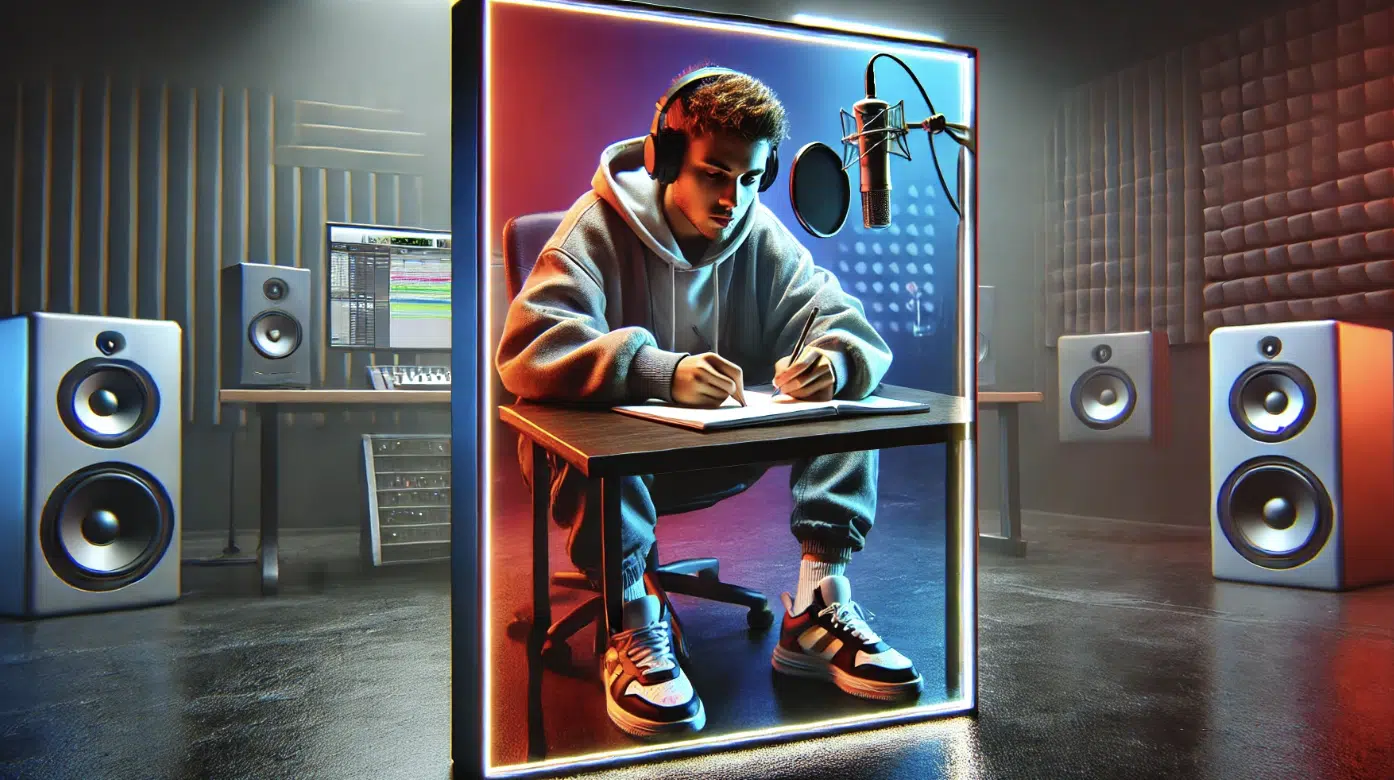
When figuring out how to find your sound as an artist, the lyrics you write obviously play a huge role.
Instead of sticking to typical songwriting structures, think about experimenting with different lyrical forms and techniques to find what resonates with you.
One idea is to draw inspiration from personal journaling or poetry (as corny as that might sound).
For example, you might try a technique called “cut-up writing,” where you:
- Write down your thoughts randomly
- Cut them into pieces
- Rearrange them to create unexpected lyrical phrases
This technique was famously used by David Bowie and can help bring out a unique narrative voice in your music.
Another tip is to focus on sensory language 一 writing lyrics that evoke vivid images, sounds, and feelings can make your songs stand out in a major way.
Consider the emotional context of your songs…
If you’re writing a song about heartbreak, think beyond the obvious phrases like “broken heart” and use metaphors or symbols that show your talent rather than tell.
The more detailed and vivid your lyrics are when you’re writing them, the more likely you’ll develop a unique sound that listeners recognize as 100% yours.
NOTE: If you want other tips, tricks, and unique techniques about how to write a hit song, we’ve got your back.
7. Explore Cultural Rhythms and Scales
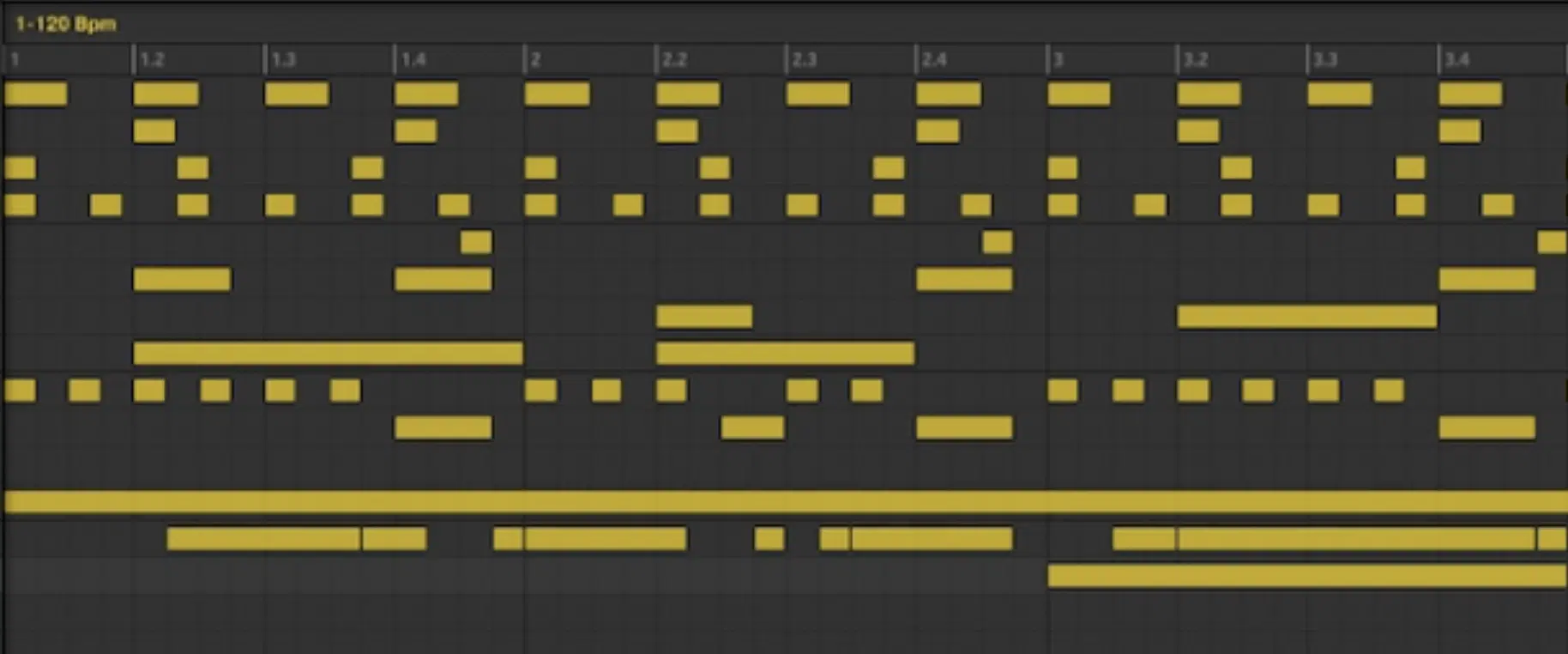
Cross Rhythms
When you listen to different cultural rhythms and scales, it’s a fantastic way to understand how to find your sound as an artist.
Start by looking into scales and rhythms from around the world, like African polyrhythms, the Brazilian Boss Nova groove, and the Middle Eastern Maqam scales.
Integrating these elements into your music adds layers of depth and originality that other artists can’t touch.
For example, an artist like Grimes blends Asian pentatonic scales with EDM elements to create a super immersive, otherworldly sound.
If you’re a songwriter based in a city with diverse cultural influences, use that to your advantage.
You can, let’s say, incorporate flamenco-style guitar techniques or Afrobeat drumming patterns into your songs to give them a distinct flavor.
You can also study how different cultures use:
This way you can apply these principles to your own music, which is awesome.
For instance, the 12/8 Afro-Cuban rhythm known as “bembe” can bring a hypnotic, rolling feel to your music.
It’ll not only help in creating a unique sound but also helps you learn how to find your sound as an artist by drawing from a wider palette of musical influences.
8. Create Your Own Sound Library
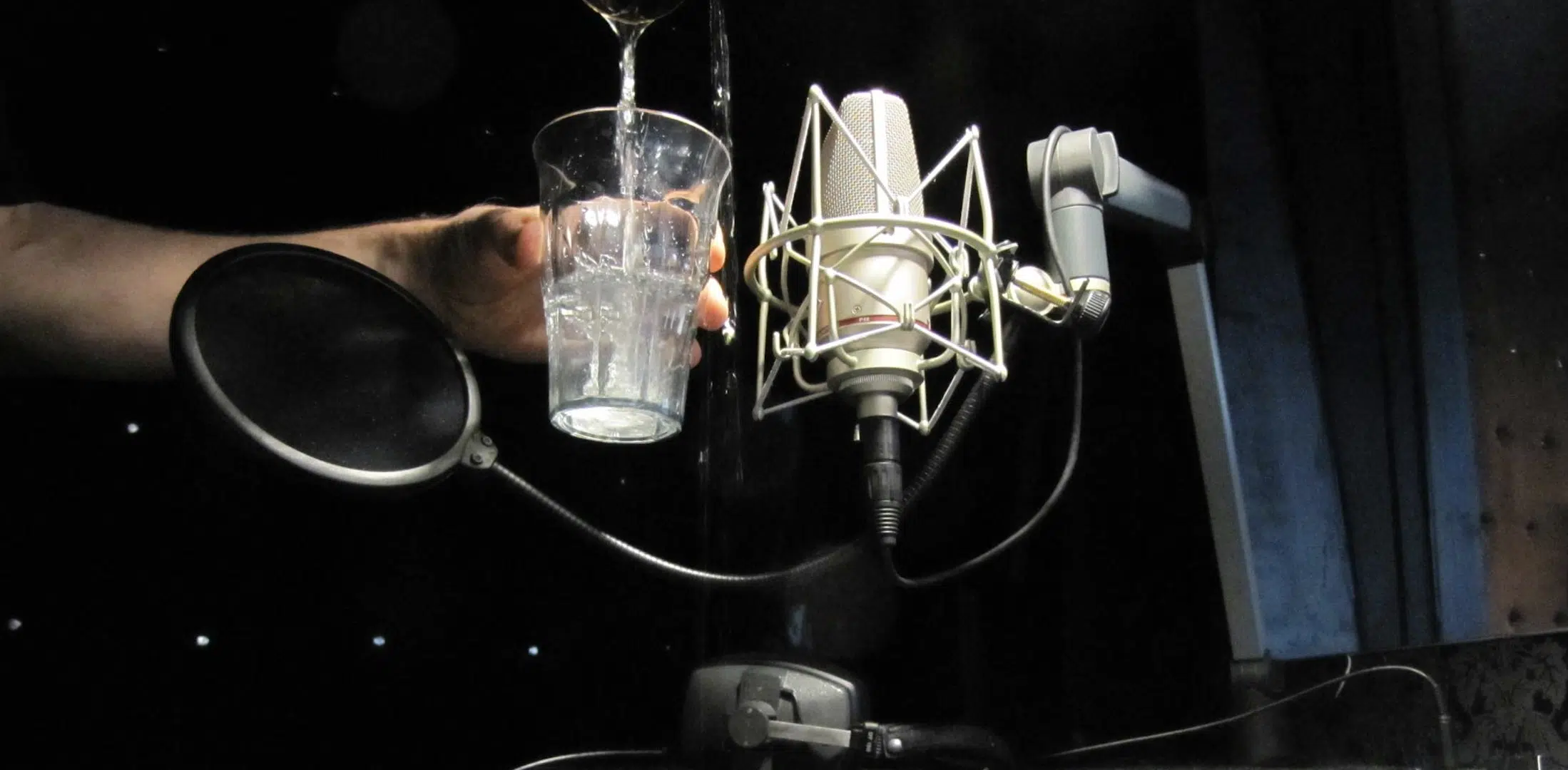
Creating a custom sound library of your samples and presets helps solidify your unique sound and can really inspire you when you need it most.
Record everyday sounds and then manipulate them into musical elements, like:
- Traffic
- Birds
- Even the hum of a fridge
Having a library of your own sounds makes your music more personal and recognizable.
Many artists will build their entire music career around these unique libraries 一 creating a flawless path toward originality, so you can definitely do so too.
Just remember to keep experimenting and adding to this collection, as it can be your go-to source for creating a signature sound that is undeniably yours.
9. Reverse Engineer and Reinvent Your Favorite Sounds (5 sentences)
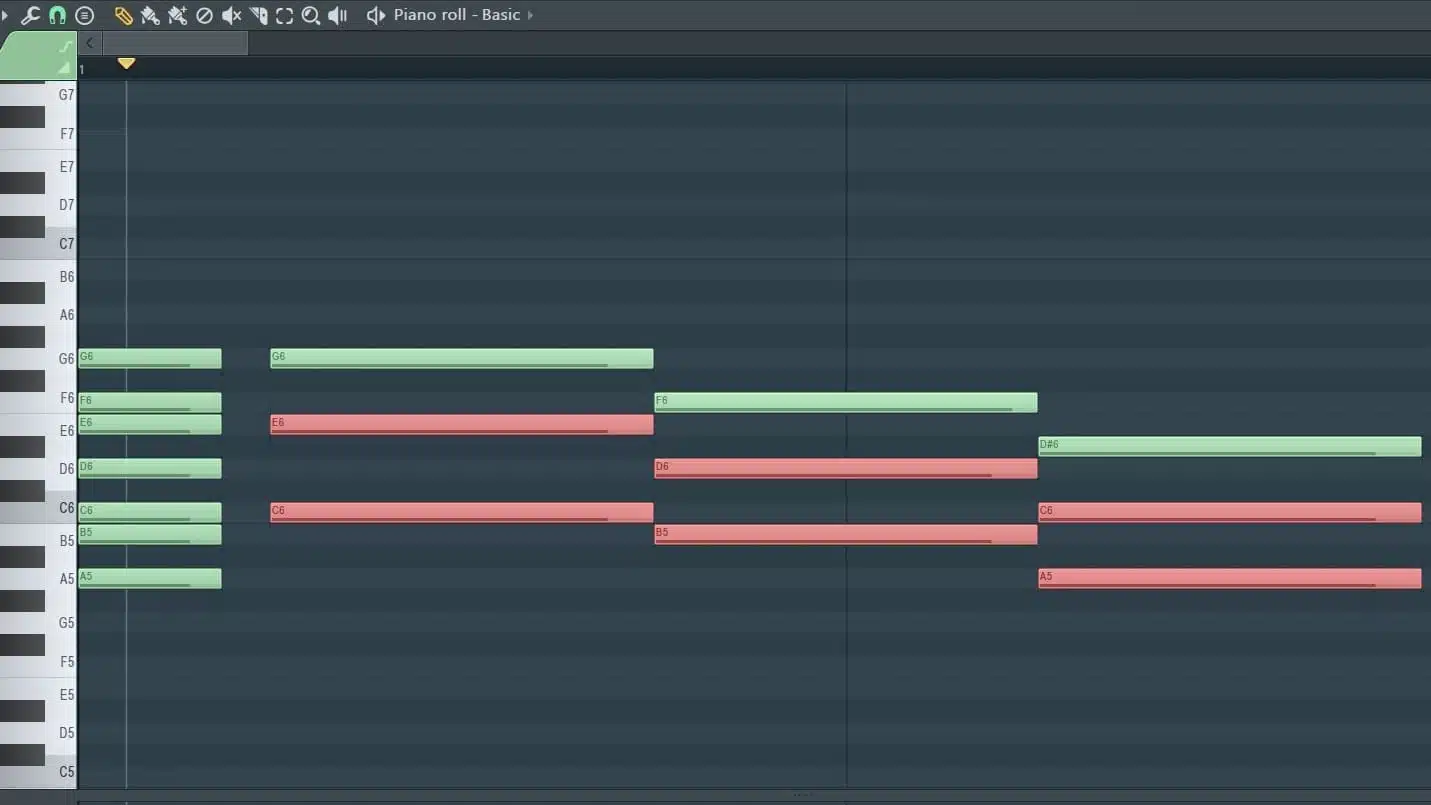
Reversing Chords
One exciting way to learn how to find your sound as an artist is by reverse engineering your favorite songs and reinventing the elements that stand out to you.
Start by selecting a few tracks that you find captivating, whether it’s the bassline of a Radiohead song or the vocal harmonies in a Fleetwood Mac track.
Break them down to understand their core components: melody, rhythm, harmony, production techniques, etc.
Once you have deconstructed a song, try to recreate it, but not perfectly…
Allow yourself to experiment with different instruments or techniques to change the vibe and really make it your own so you’re not accused of being a biter.
For example, if you like a piano riff, try recreating it with a kalimba or a heavily processed electric guitar 一 use a different tempo, key, or even genre.
What if that soulful ballad were a high-energy electronic track? I mean, the possibilities are truly endless.
Such experiments can lead to discovering how to find your sound as an artist while pushing boundaries and creating something new from familiar elements.
10. Create a Unique Production Technique
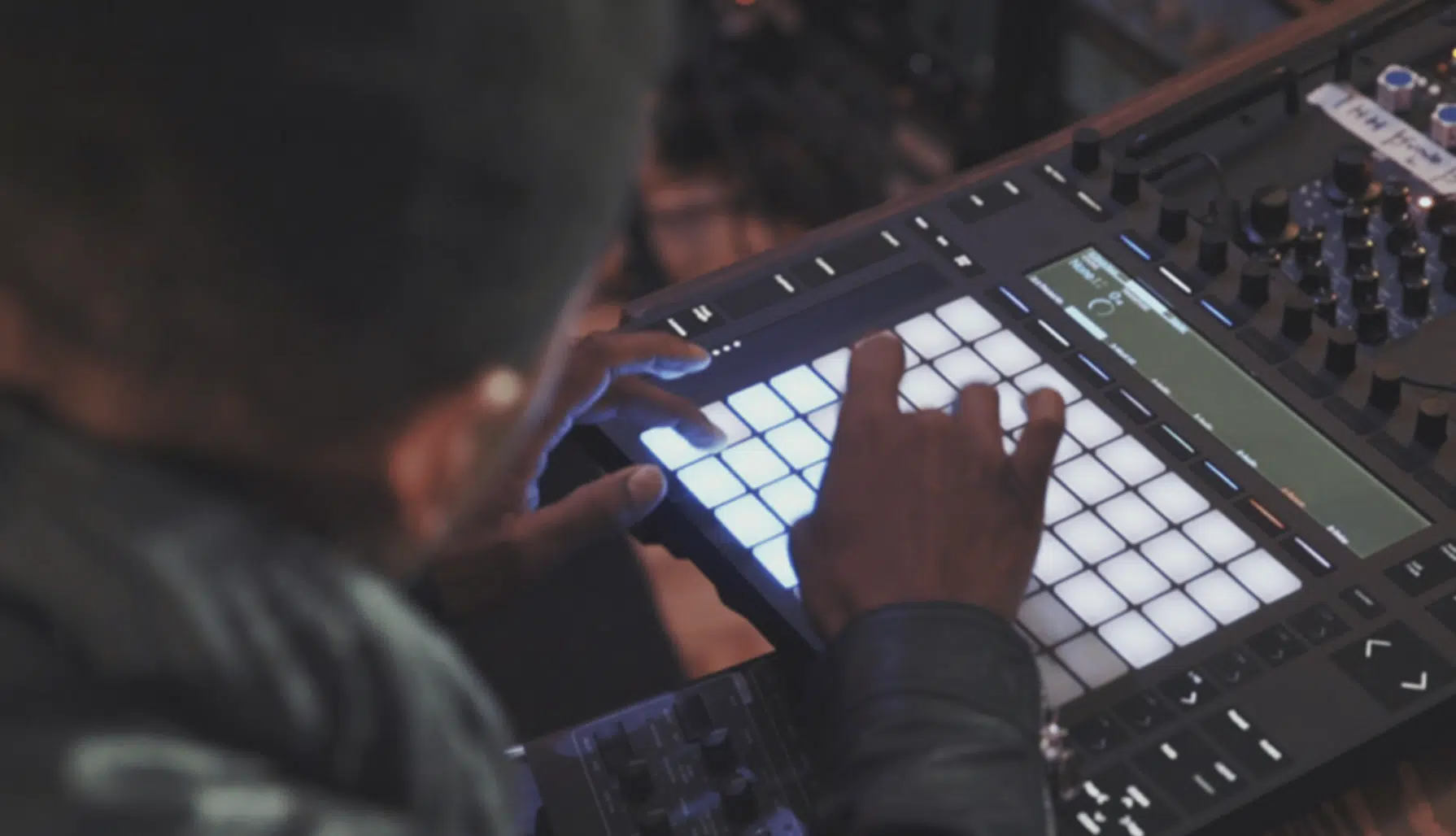
Developing a signature production technique, like a certain reverb style or vocal processing trick, can become the center of your artist identity.
Think of how Phil Spector’s “Wall of Sound” became a unique sound in itself.
Many modern music producers use specific effects chains or unconventional mixing techniques to set their work apart, and you can certainly do so too.
I’ve been experimenting with reversing delays and pitch-shifting on drums to add texture to tracks, and all of these other effect tricks.
Techniques like these can be a game-changer for defining what makes your music stand out from the crowd.
And there’s nothing wrong with listening to who you’re a huge fan out and getting some inspiration that way as well.
11. Collaborate Outside of Your Comfort Zone
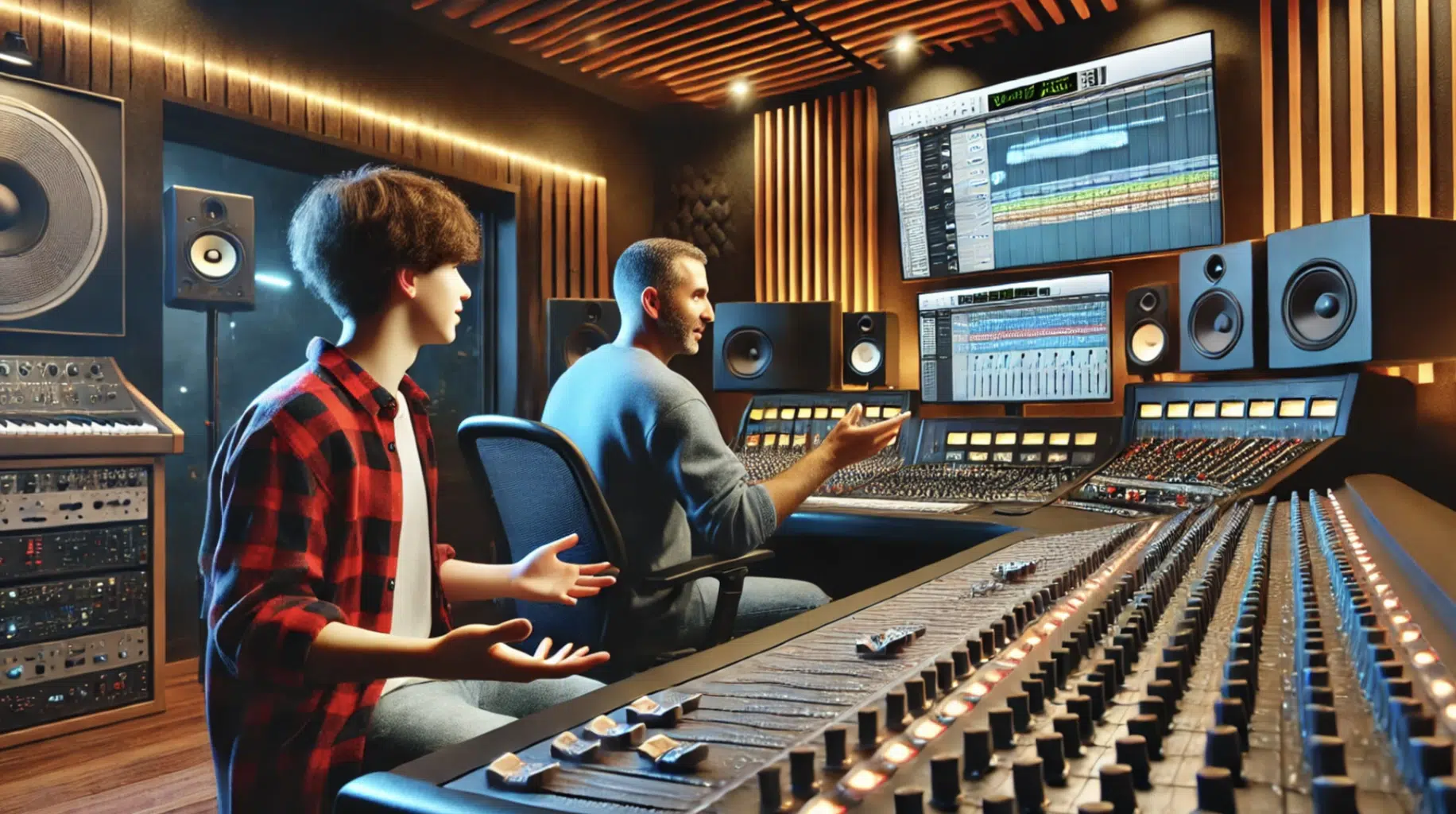
Sometimes, the best way to discover your signature sound is to collaborate with musicians or producers from different genres or who have diverse styles.
Working with others can push you to explore new music ideas and techniques that you might not have considered before.
For example, I once worked with a jazz musician while producing a hip-hop track, and the blend of different styles helped me unlock a unique sound that I now incorporate into my own music.
Collaborations can happen in unexpected places, too…
You can even connect with independent music publishers or a label services company to find collaborators who bring something new to the table.
Don’t be afraid to:
- Step out of your comfort zone
- Listen to unique things
- Challenge your artist identity by blending your style with others
This is how great artists often stumble upon their most authentic creations believe it or not.
Remember, there are a lot of artists coming and going every day, you really want to stick out and make a major impression.
12. Dive Deep into Sound Design
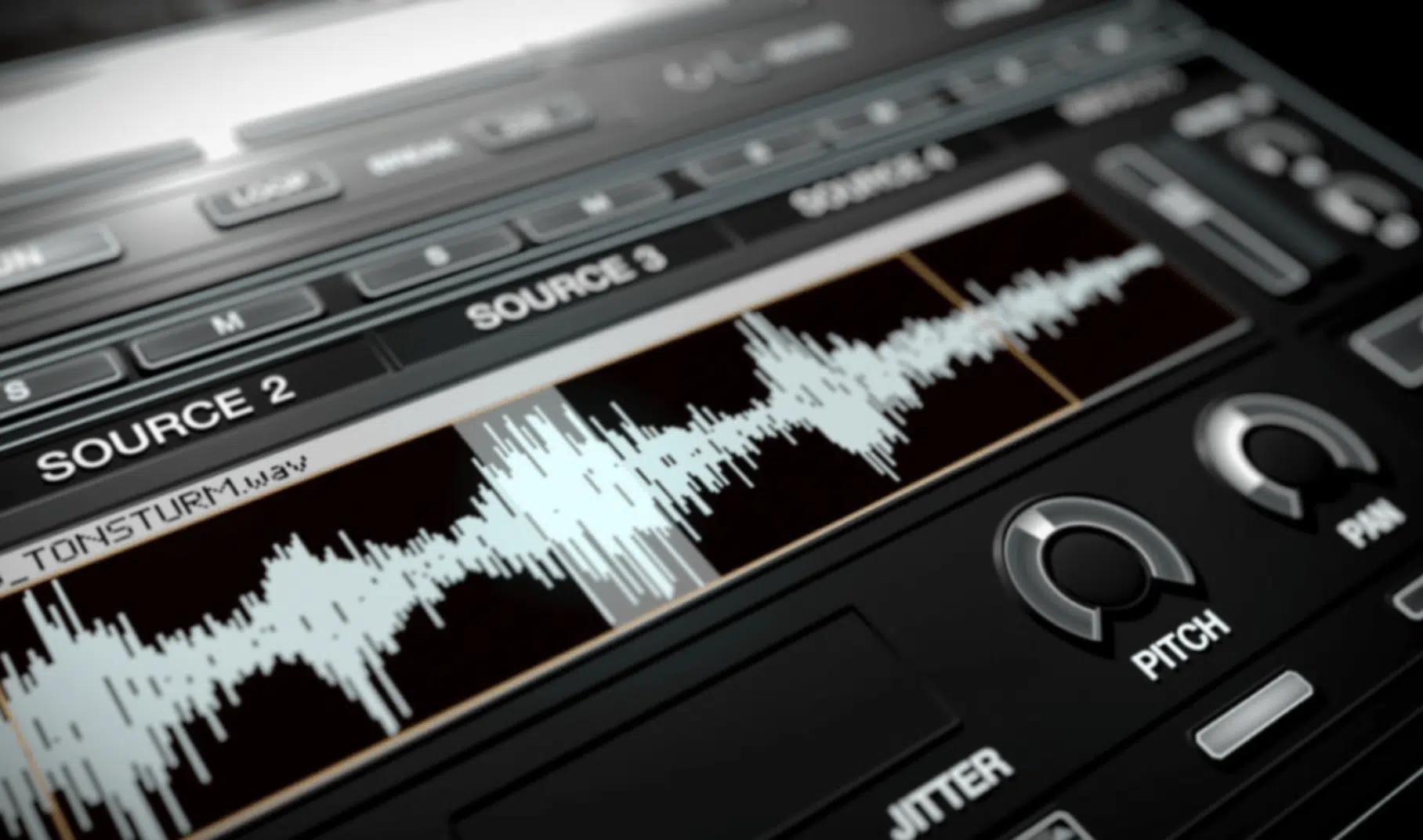
Understanding sound design is key when figuring out how to find your sound as an artist and really captivate your listeners.
Like, for example, instead of relying on standard presets and samples, learn how to create your own sounds from scratch.
Start by experimenting with synthesizers (both hardware and software).
Also make sure to learn the basics of:
This will help you create unique sonic textures that no one else has.
For example, you might use a granular synth to break down a simple piano sound and turn it into something ethereal and haunting.
Just keep in mind that sound design isn’t just about synths 一 it can also include processing live instruments or vocals in unique ways.
You can try running vocals through guitar pedals or a vocoder to see what happens.
Use unconventional recording techniques, like capturing vocals through a PVC pipe to create a natural reverb effect.
The more you experiment with sound design, the closer you get to finding your signature sound and be able to blow the competition out of the water.
This hands-on approach helps you understand how to find your sound as an artist and sets you apart in a world where many artists tend to use similar sound palettes.
13. Allow Your Environment to Shape Your Signature Sound

Your physical environment can have a profound effect on how to find your sound as an artist, hands down.
Think about where you feel most inspired, whether it’s in a bustling city, a quiet countryside, or even a specific room in your house.
Each environment has its unique soundscape that can be integrated into your music, so try recording in different places and let the ambiance become part of your song’s texture.
For instance, recording acoustic guitar in a tiled bathroom creates a natural reverb that can’t be replicated digitally (well, technically it can, but it’s super difficult).
Also, consider how your emotional environment affects your creativity; listen carefully.
What sounds are in your immediate surroundings?…
Incorporating the daily noise of a busy market, the hum of a subway station, or the tranquility of a forest can shape your signature sound and add layers of authenticity to your music.
It’s all about getting creative and thinking outside of the box.
14. Try Out Some Lesser-Known Gear for Unique Sonic Texture

Using lesser-known gear like I said we’d talk about earlier is a great method for learning how to find your sound as an artist.
While one music producer might usually stick to popular synthesizers like Serum or Massive, venturing into lesser-known software/hardware can bring surprising results to the table.
Try experimenting with vintage drum machines like the Yamaha RX11 or niche synths like the Ensoniq ESQ-1 to refine your talent.
These instruments have their quirks and limitations, but that’s where the magic happens (and remember, like I said, challenging yourself is super beneficial).
For example, instead of relying on a standard delay plugin, try using a tape echo unit to add warmth and unpredictability to your music.
Or, if you’re into guitar, look for obscure effect pedals that aren’t typically used by most artists.
These tools often have unique signal paths that can bring fresh ideas into your production process.
Getting comfortable with this type of experimentation can be a game-changer in understanding how to find your sound as an artist.
15. Bonus: Consult an Artist Development Expert
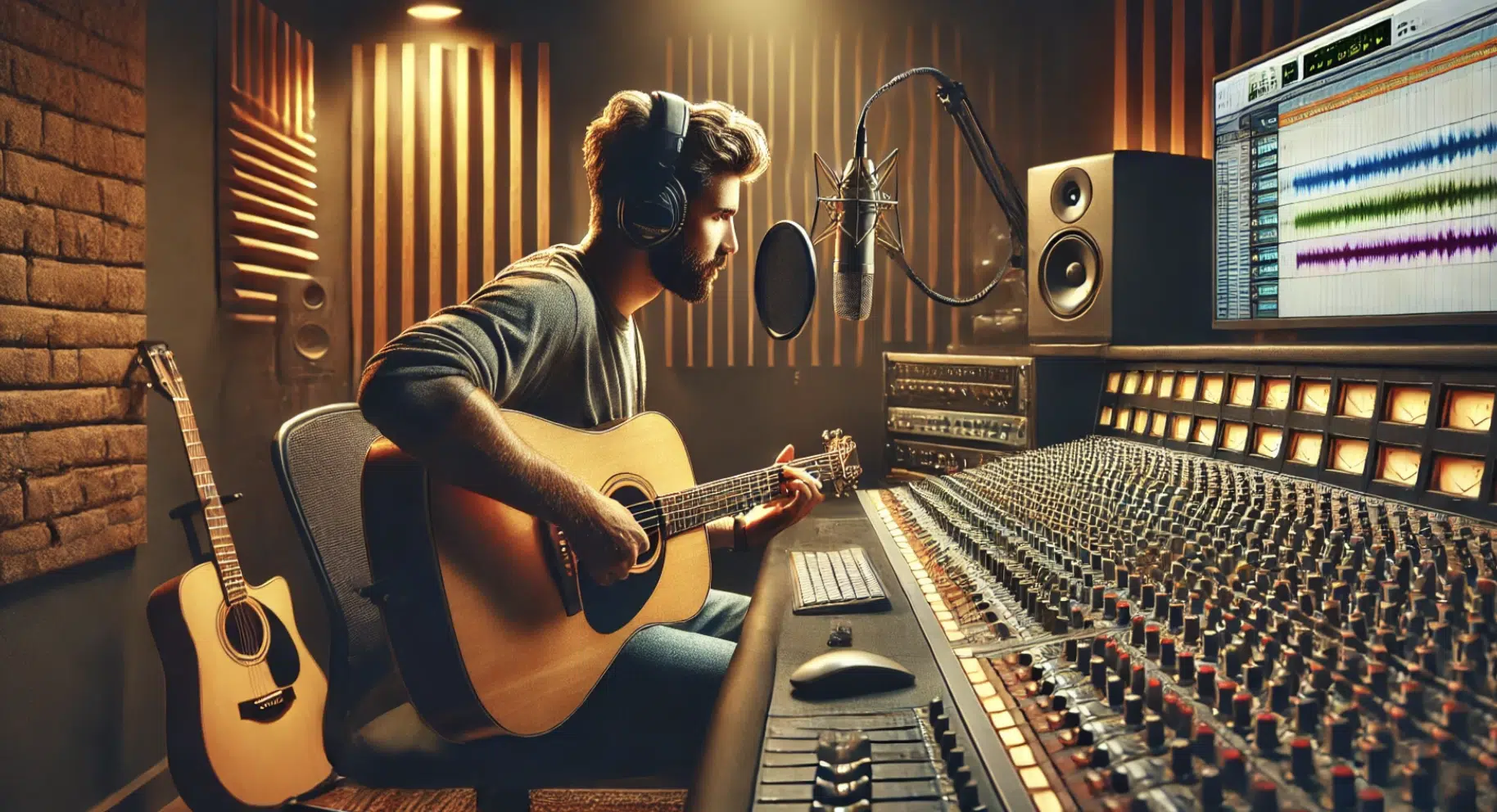
An artist development expert can help guide you in finding your signature sound.
These best top creative professionals often work with label services companies/record labels and can provide specified advice on how to create music that aligns with your artist identity.
Sometimes, a fresh perspective from someone seasoned in the music industry can be invaluable, and they can help you see your strengths and weaknesses.
They’ll usually have you sing cover songs, your own tracks, listen carefully, critique you, and help you grow.
They might push you to explore areas you hadn’t considered or develop unique talents you didn’t know you had.
Linking up with an expert is often a turning point for many artists in refining their own sound and, side note, you could even hire a holistic vocal coach which is getting popular right now.
Remember, when you’re learning how to find your sound as an artist, it’s all about doing what vibes best with you and what you think can help you grow the quickest.
How to Find Your Sound as an Artist: Final Thoughts
Learning how to find your sound as an artist can be both challenging and rewarding, there’s no doubt about it.
However, with the tips and techniques covered today, you’ll be able to knock out your unique sound and develop your artist identity like a professional.
Whether you’re experimenting with unconventional instruments or blending genres in new ways, you’ll be able to play around and see what works for you.
I mean, a signature sound is essential in today’s music landscape because, let’s face it, so many tracks/artists sound the exact same.
So, make sure to explore different methods, push boundaries, and most importantly, stay true to your authentic voice.
To help you on this journey, consider using all of these legendary, top-of-the-line Free Sample Packs, which are some of the best out there.
They offer over 50 unique/free packs, including everything from the Free Hip Hop Drum Kit to the Free Soul Samples, covering all genres.
It’ll help you experiment and find your sound like never before.
Best of all, every sample is 100% royalty-free, so you can use them however you want, without any limitations.
These packs are an incredible resource to help create music that is uniquely yours and to help you learn how to find your sound as an artist with creative freedom.
Remember, discovering your signature sound is about more than just techniques 一 it’s about diving deep into your creativity, experimenting without fear, and allowing your music to reflect who you truly are.
Remember to stay consistent, explore new tools and ideas, and let your passion guide you every step of the way.
Until next time…







Leave a Reply
You must belogged in to post a comment.